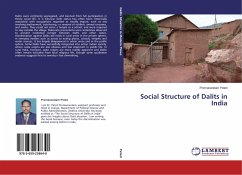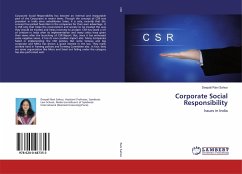Dalits were commonly segregated, and banned from full participation in Hindu social life. It is because Dalit status has often been historically associated with occupations regarded as ritually impure, such as any involving leatherwork, butchering, or removal of rubbish, animal carcasses, and waste. They could not enter a temple or a school, and were required to stay outside the village. Elaborate precautions were sometimes observed to prevent incidental contact between Dalits and other castes. Discrimination against Dalits still exists in rural areas in the private sphere, in everyday matters such as access to eating places, schools, temples and water sources. It has largely disappeared in urban areas and in the public sphere. Some Dalits have successfully integrated into urban Indian society, where caste origins are less obvious and less important in public life. In rural India, however, caste origins are more readily apparent and Dalits often remain excluded from local religious life, though some qualitative evidence suggests that its severity is fast diminishing.
Bitte wählen Sie Ihr Anliegen aus.
Rechnungen
Retourenschein anfordern
Bestellstatus
Storno








